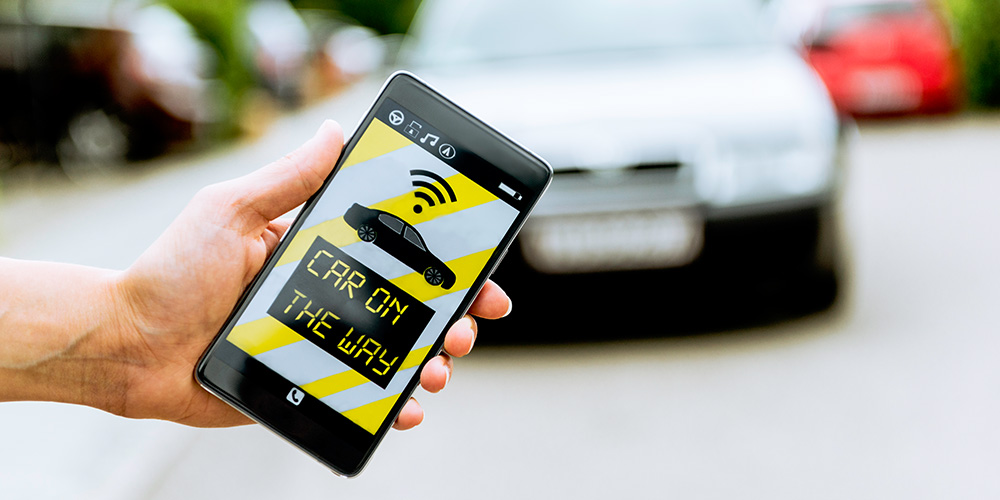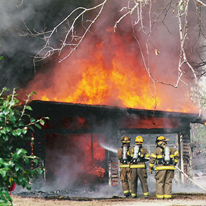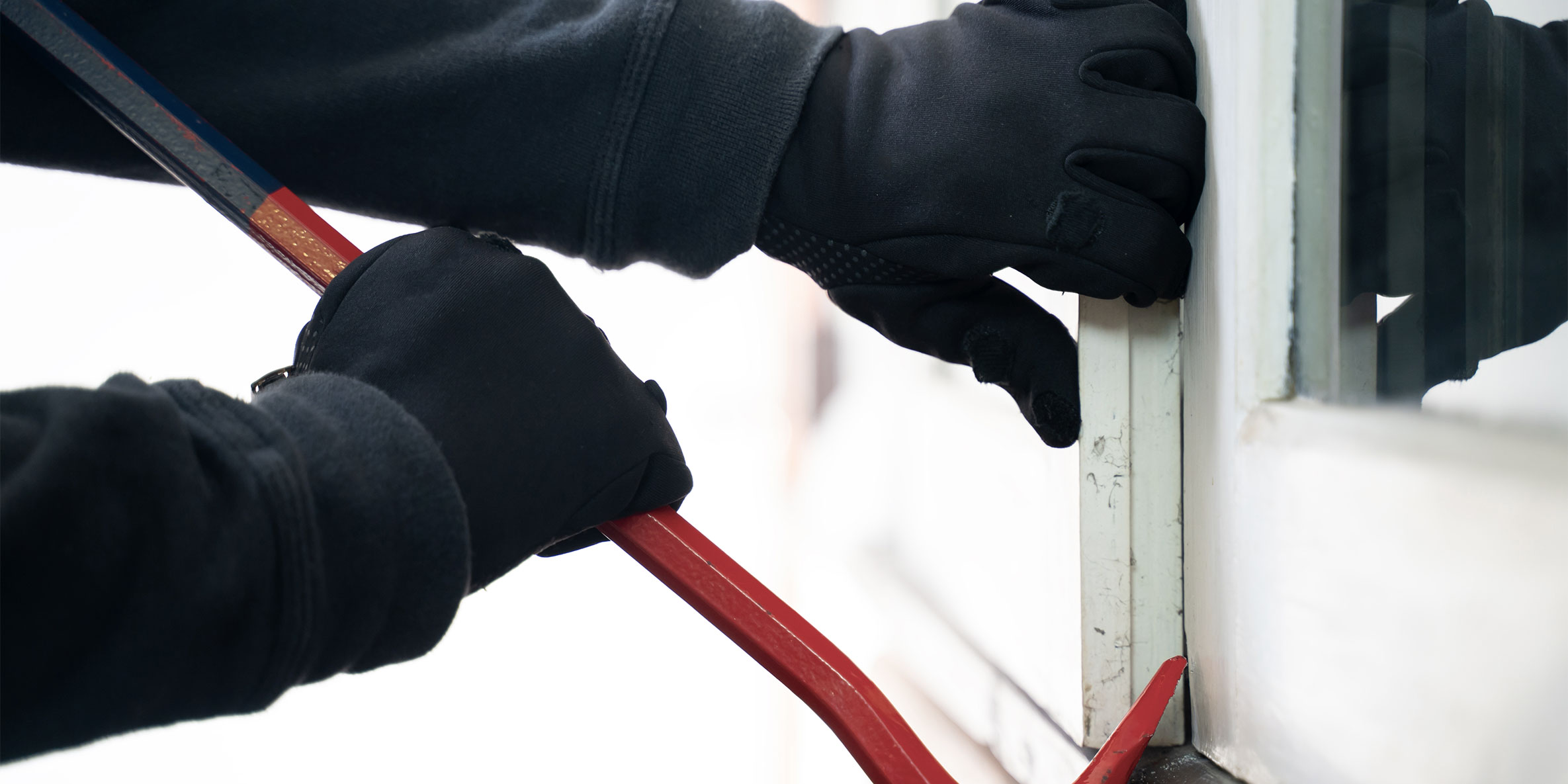All persons residing in the house should have an understanding of how your home security system operates—even children.
There are three main reasons for teaching your child:
- Instills the importance of safety and creates a sense of independence. For children, every experience is a learning experience. Educating children on home security systems is a great opportunity to teach about the importance of safety.
- Aids in emergencies. If home alone, or if the supervising adult cannot call for help, it is important that the child is able to assist. This includes knowing what to do and being comfortable doing it—i.e. calling for help or hitting the panic button. Each child develops at his or her own pace, so use best judgment when determining what age to expose your children to safety discussions.
- Prevents false alarms. False alarms aren’t just pesky for the homeowner; they take up time, money and resources for emergency response personnel. If kids know how to properly arm and disarm the system, they are less likely to be the cause of a false alarm.
That said, here are a few home security lessons for children:
How to Arm and Disarm the Home
Whether they need to let themselves into the home after school or deactivate a false alarm, children should be trusted with knowing how to arm and disarm the system.
Start by showing your child how to use the keypad, including what buttons to press for different scenarios. Next, provide your child with a passcode so he or she can practice turning the system on and off. To simplify, pick an easy-to-remember code for the child, such as his or her birthday, numeric name or favorite sports player’s jersey number.
Access control can further assist by enabling you to monitor your child’s use of the system. Record logs can be viewed to determine who entered the home and when.
In addition, children should know the “safety word” you have chosen with your security monitoring center to communicate if the family is in danger. Pro tip: Pick a word that’s easy for your child to remember, like his or her favorite fictional hero.
Important topics to cover:
- This is a family-only secret. Don’t tell anyone else how to disarm the system.
- Only arm or disarm the system if a supervising adult has given you permission.
- Never disarm the system for a stranger.
General Safety Tips
Have regular conversations with children about general safety precautions. In these talks, touch on the following topics:
- Stranger danger: Ensure kids know what constitutes as a dangerous stranger, and explain how some strangers—such as firemen and police officers—are good.
- Fire safety: Explain that fire is a potentially dangerous element—not a toy—and demonstrate good versus bad fire practices. Furthermore, explain that the child should never handle fire without adult supervision.
- First aid kit use: Show childen where the first aid kit is housed and how to use each of its contents.
- Emergency phone numbers: Write out a list of important emergency phone numbers, and post it somewhere within reach and at the child’s eye-level.
See our recent post, Keep Your Kids Safe Inside and Outside of the Home, for more tips on how to discuss safety with children.
Home security is a family issue. As such, the whole family should be involved. Be sure your child knows the importance of personal and home safety, and how home security systems help protect them.
What do you teach your children about home security? Share your thoughts in the comments below.
Image Source: Mosieur J. Via Flickr



